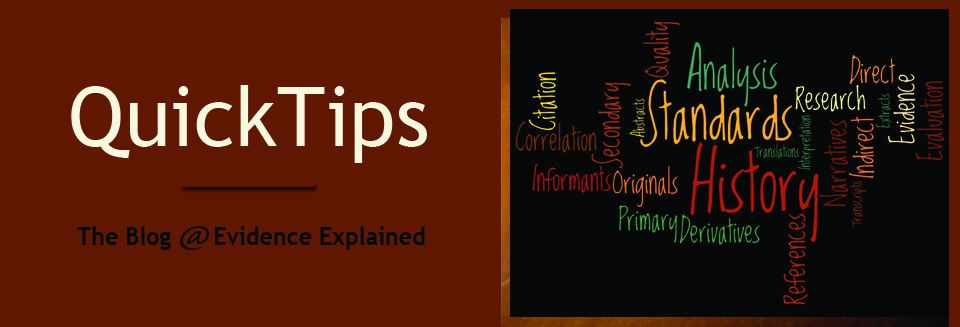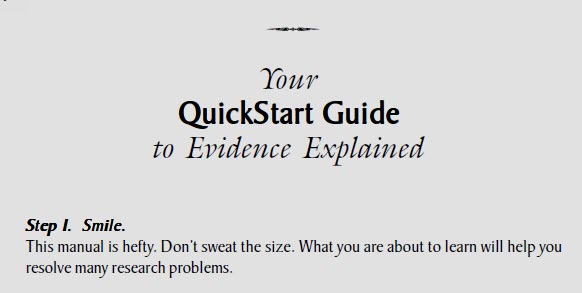How to Find the Truth about a Family Story
Family traditions are like onions. They have a core of truth, but we have to peel back the layers to get to that core. Layers of confusion, embroidery, and even shame. Yesterday we looked at five reasons why family stories have strayed from what Grandma would call the “straight and narrow.” Today, we offer a six-step game plan that will help you uncover that core of truth in your family stories that provide a path into your past. ...
- Read more about How to Find the Truth about a Family Story
- Log in or register to post comments
- 416 views

